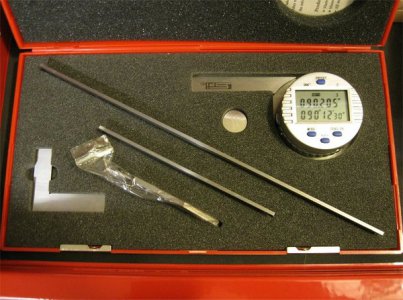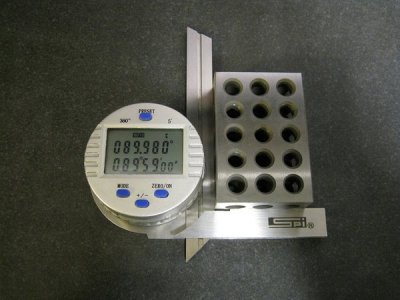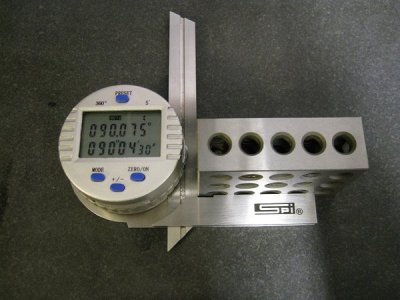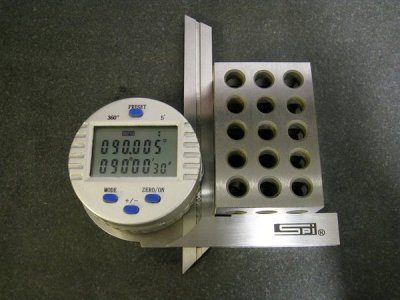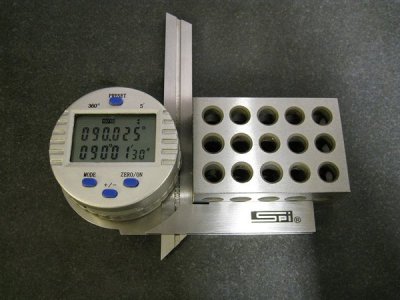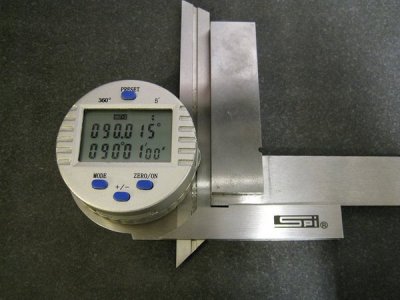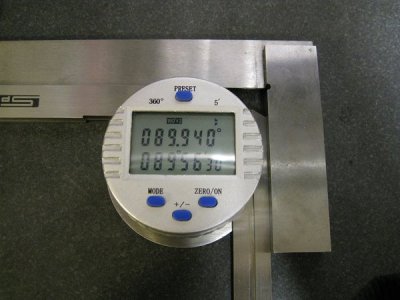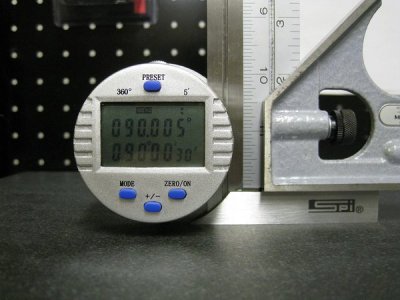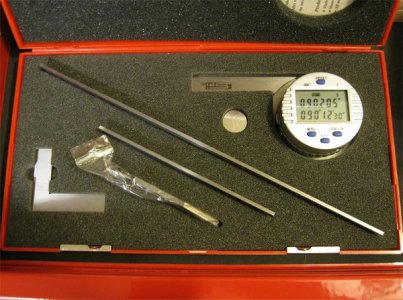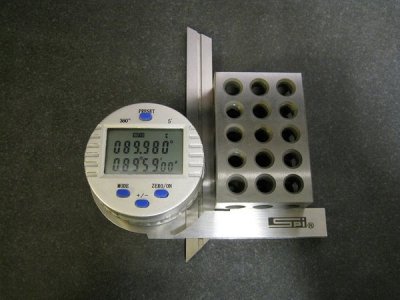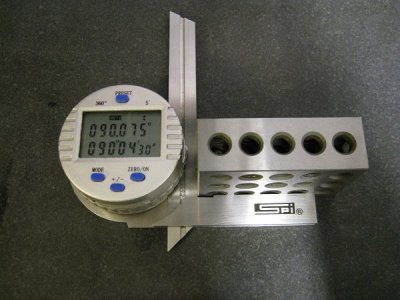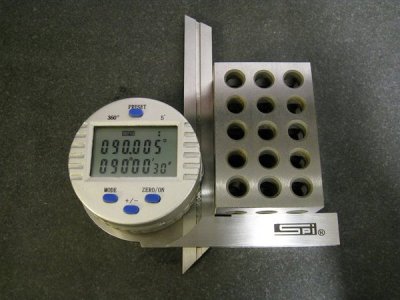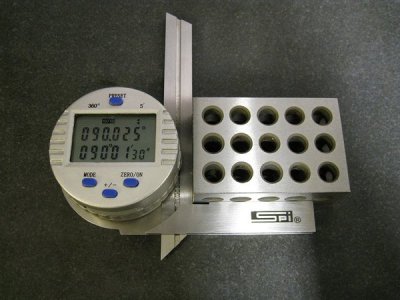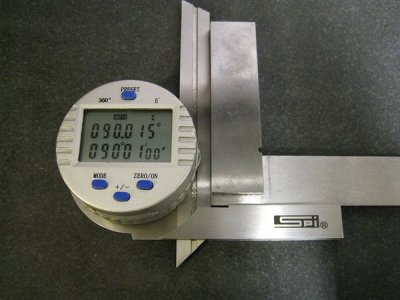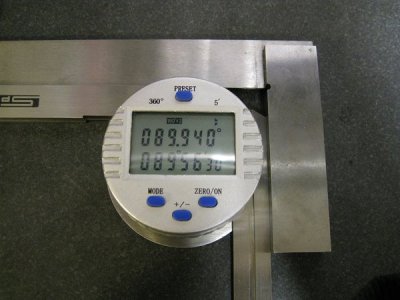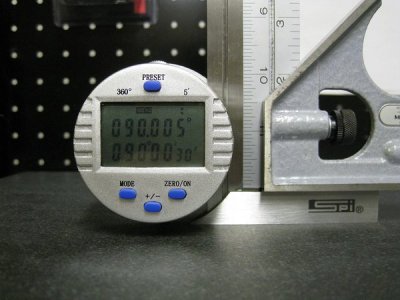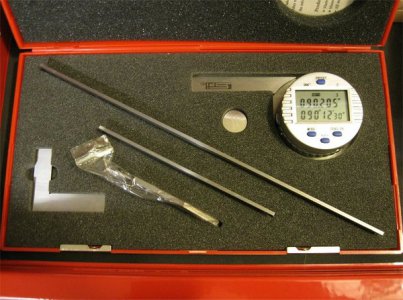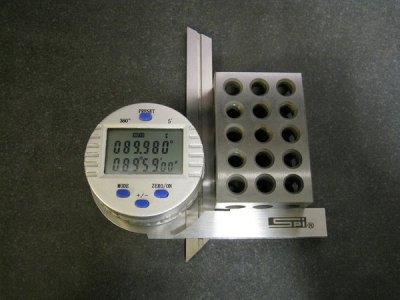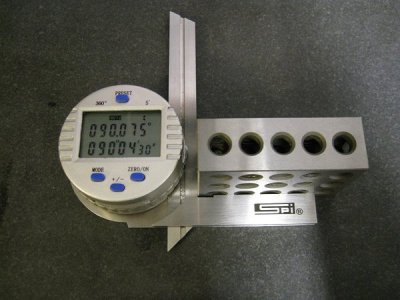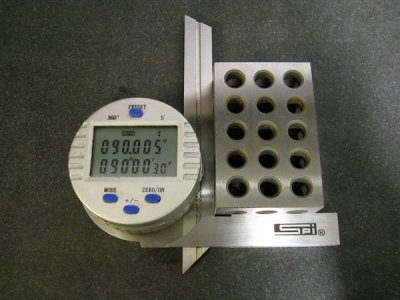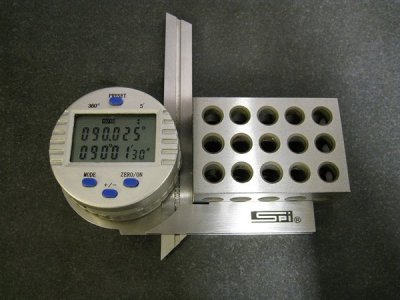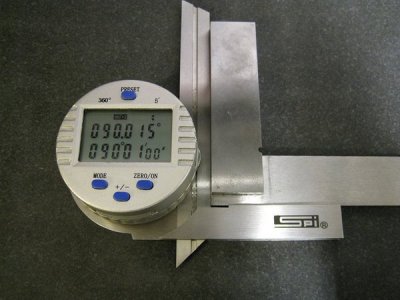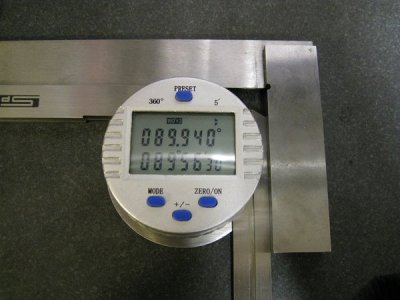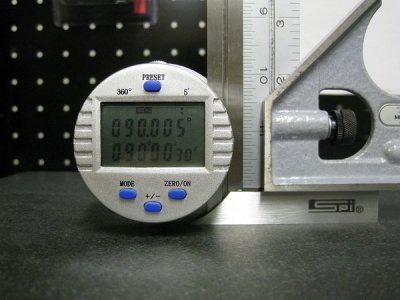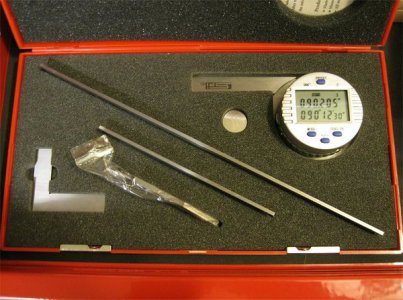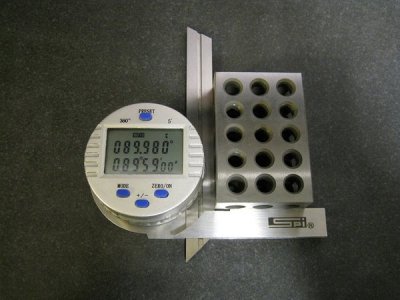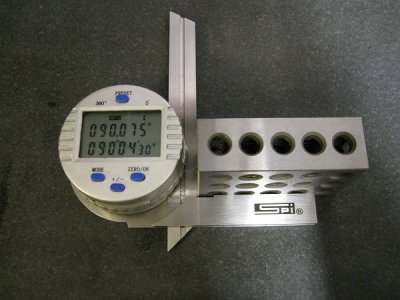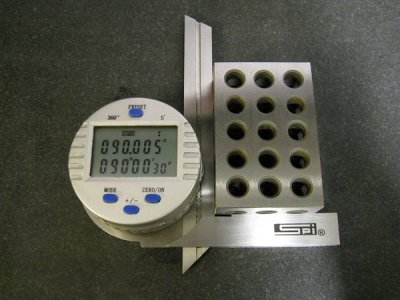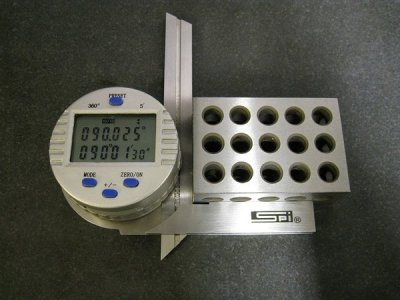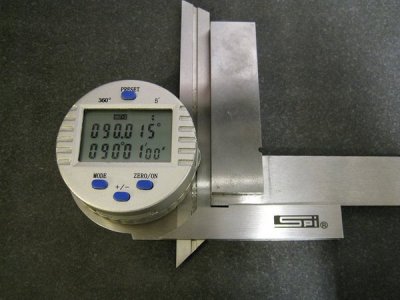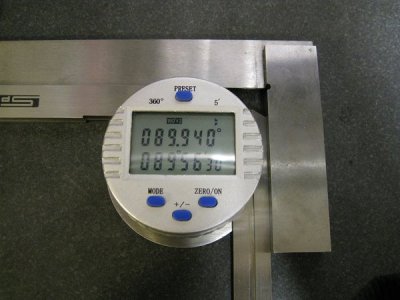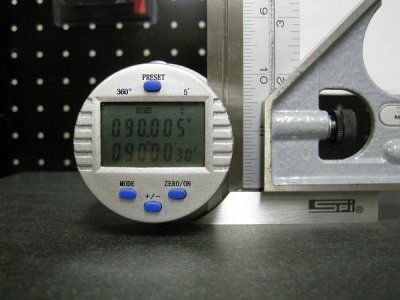- Joined
- Jan 16, 2020
- Messages
- 8
I never use digital calipers or the like. They only read to 1/2 thou. A good dial caliper can be read to 1/4 thou by eye,and I like that better. Even if it's NOT really accurate to 1/4 thou,as long as you use the same caliper for all the parts,things work out.
Not to mention that the batteries never go dead on you at the worst time either. Can you tell that I am a fan of good dial calipers too? I have a digital caliper that I never use. It was a cheap one, but is quite accurate. Problem is that it eats batteries like crazy.
Back to the original subject of this thread: I also would suspect the digital protractor first. Most of them are not very accurate. I have had a couple of them, found out neither one was really any good, and they have both gone to that big toolbox in the sky. I seriously doubt that I will ever buy another one, either. It is just as easy to use a sine bar for those accurate angle measurements.


